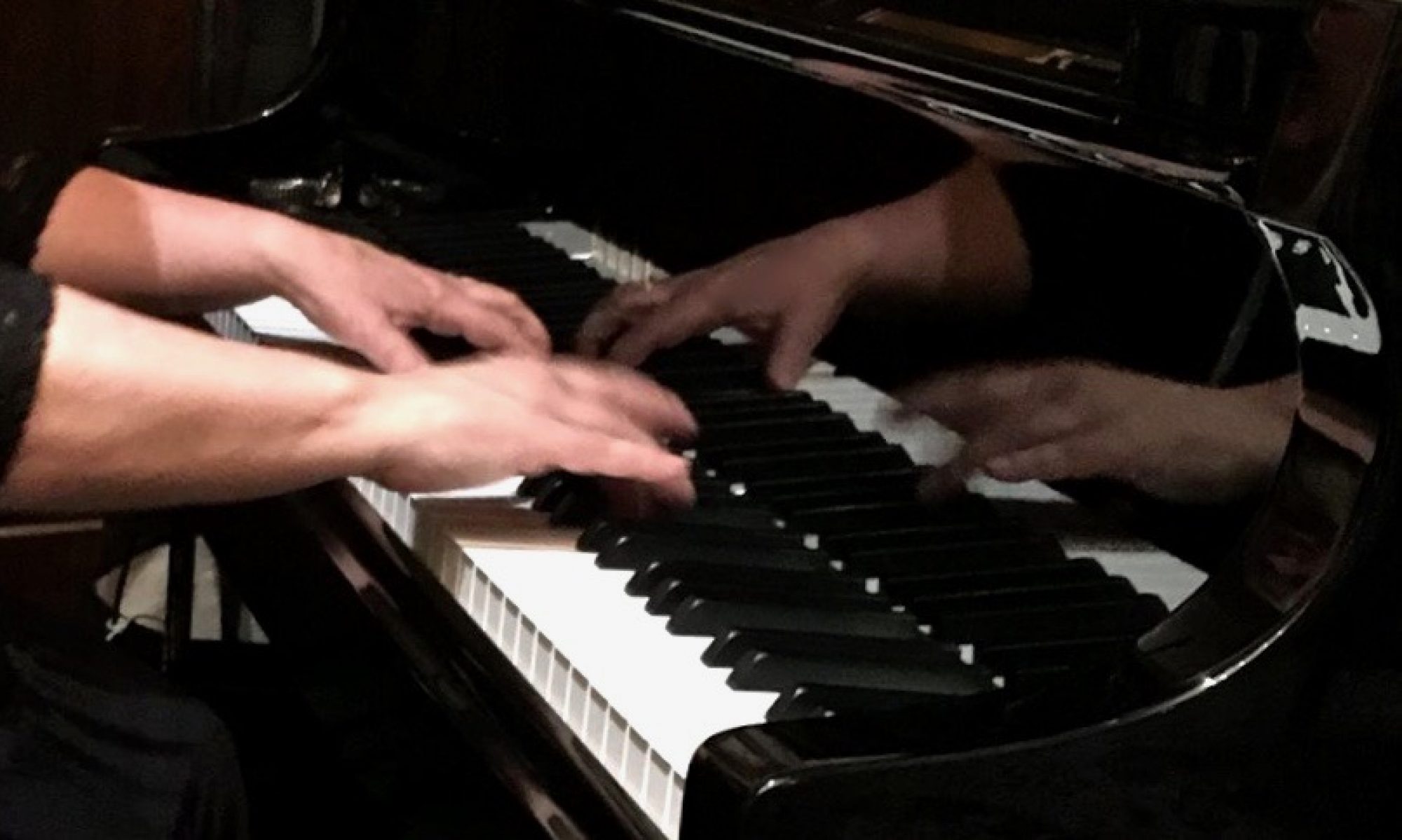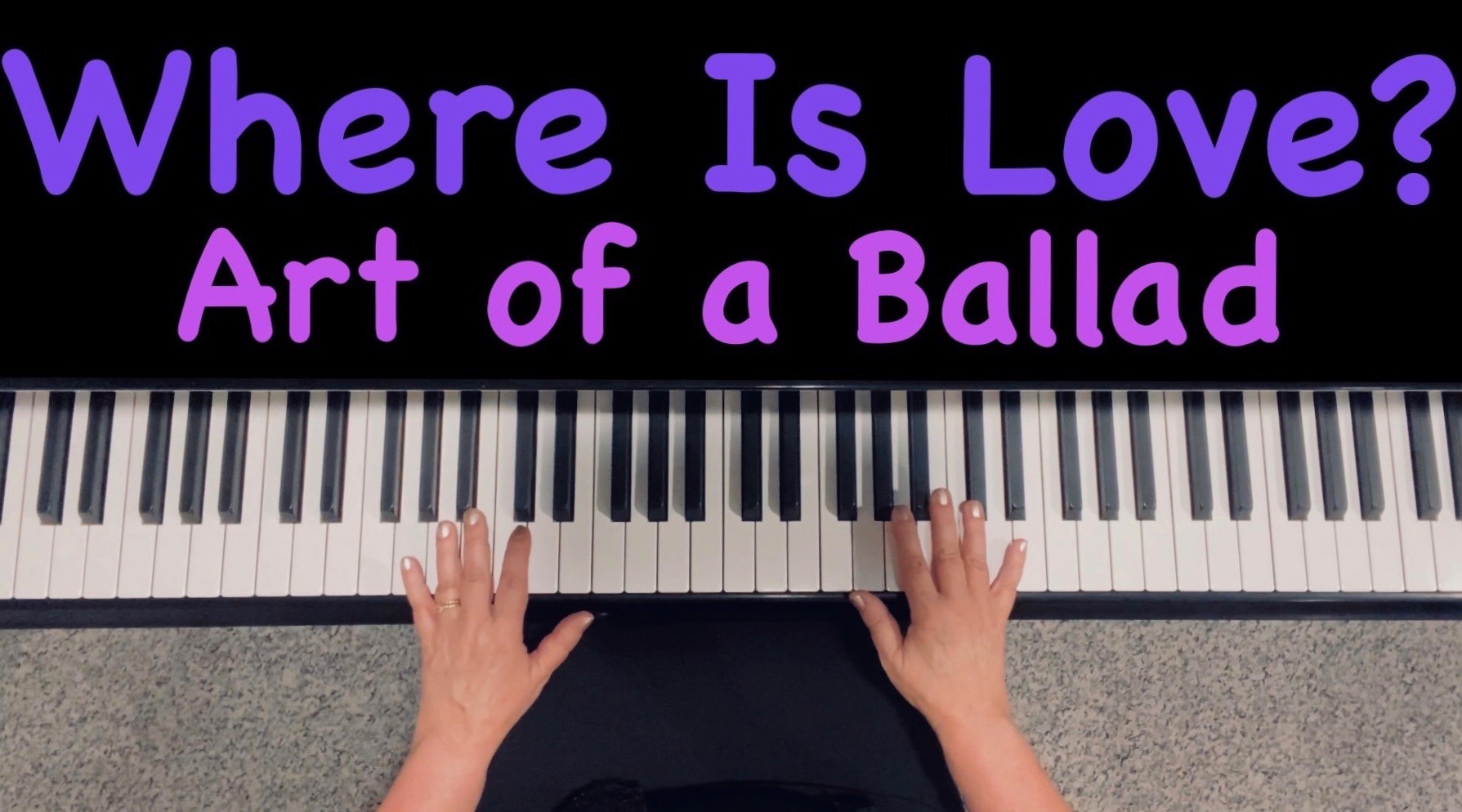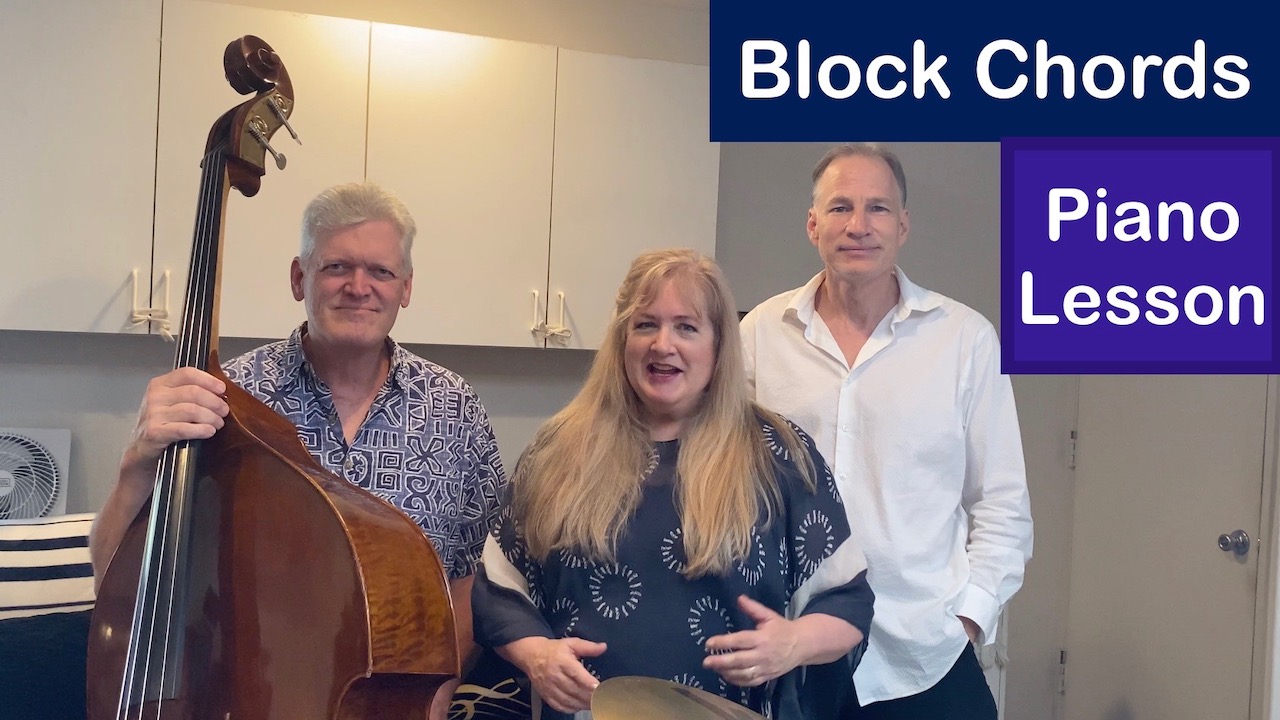You may wonder what the chord symbol (alt) is all about?
It’s best explained by watching the following video:

Download a free copy under the “downloads” column titled G7 through G7alt on this website to follow along. Voicings include many 2 handed piano chord ideas. Note: When playing with a bassist, pianists can put the main body of the chord in their left hand, and allow the bass player to play the chord’s root!
Want to learn more about advanced jazz harmony? You’re invited to view this tutorial on poly-chords: Continue reading “The Ambiguous Alt. Chord Symbol: What To Do?”






